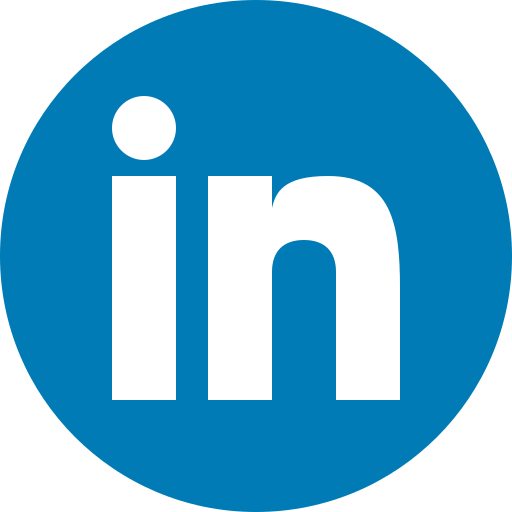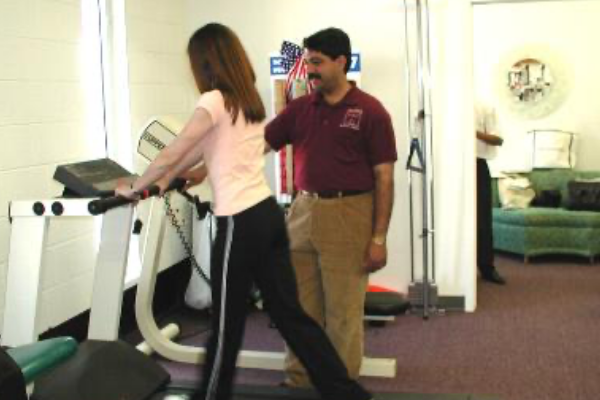Battling with facial nerve paralysis can feel like losing a part of yourself, but facial physical therapy offers a path to reclaiming your smile. Through personalized exercises, this therapy gently nudges your facial muscles back to life. It’s about more than just movement; it’s about rediscovering the joy in a grin, the strength in a frown, and the power of every expression in between.
What is Facial Physical Therapy?
Facial physical treatment therapy is a rehabilitation practice done with therapeutic exercises for patients with facial nerve paralysis. It focuses on:
- Teaching your muscles to smile and frown again.
- Smoothing out involuntary movements.
- Balancing your facial features.
- Bringing back the joy of expressive emotions.
How Do You Fix Weak Facial Muscles?
If you’re looking to strengthen weak facial muscles, a combination of therapies can offer effective help. Biofeedback lets you see your progress in real-time, complementing traditional manual massages that boost circulation and muscle responsiveness. Mirror therapy adds a visual cue to your exercises, making relearning movements more intuitive.
Neuromuscular retraining gets your muscles back in sync, while gentle electrical stimulation can give them the nudge they need to activate. And for those pesky involuntary twitches, Botox injections can provide relief, smoothing the way for your facial muscles to relearn their roles.
What Exercises are Good for Facial Paralysis?
There are some facial physical therapy exercises you can even try at home with these gentle instructions:
Eyebrow Lifts
- How to do it: Gently raise your eyebrows as if you’re expressing surprise. Hold the lift for a few seconds, then release slowly. This helps work the forehead muscles.
Eye Closure Exercises
- How to do it: Without scrunching your forehead, try to gently close your eyelids. Hold them shut for a moment, then release them. This can be very subtle, so don’t worry if the movement is minimal; it’s about connecting with those muscles.
Jaw Exercises
- How to do it: Sit comfortably and relax your shoulders. Gently open your mouth as wide as you can without discomfort. Hold this position for a moment. Then, slowly close your mouth.
- This helps stretch and strengthen the muscles around your jaw. You can also move your jaw gently from side to side in a slow, controlled motion. If there is some kind of pain then try physical therapy for long lasting form of pain relief anytime.
Smile Stretches
- How to do it: Attempt to smile without showing teeth; hold this gentle stretch to engage the muscles. Then, widen into a full teeth-showing grin. Alternate between these positions, holding each smile for a few seconds.
Cheek Puffs
- How to do it: Take a deep breath and fill your cheeks with air, puffing them out. Release the air through pursed lips or switch the air from cheek to cheek, maintaining the puffiness.
Nose Wrinkles
- How to do it: Tighten the muscles of your nose as if there’s a slight smell you’re reacting to. It’s a small and delicate motion, just to get a bit of engagement along the sides of your nose.
Lip Presses
- How to do it: Press your lips together as though you’re holding back a comment. Then, slowly push them forward as if preparing for a kiss. This can help regain control and strength around your mouth.
While working on these facial physical therapy exercises, note they are not about intensity but rather accuracy and regular gentle repetition. Take your time, consult the physical therapy team, and listen to your body, never forcing a movement that feels uncomfortable.
How Do You Activate Your Facial Nerves?
Here’s a more direct approach to understanding your choices based on typical durations and situations where they might be helpful:
Facial Exercises
- Try daily sessions of about 5-10 minutes at home. These exercises help maintain muscle tone and improve nerve function, perfect for someone recovering at their own pace.
Massage
- A 10-15 minute gentle facial massage can be done daily. You can easily do it yourself at home. It’s great for improving circulation and relieving stress, which can help your nerves recover.
- Massage not only helps your face but overall body parts too, especially if you are aging then try some physical therapy exercises for elderly at home, or share it with people who need them.
Acupuncture
- Sessions typically last around 30 minutes. This requires a certified acupuncturist. It’s useful for those looking for holistic treatments to complement their medical therapies.
Electrical Stimulation
- If facial muscles are unresponsive then go for this. These sessions might last about 15-30 minutes and should be overseen by a professional.
Speech and Language Therapy
- Sessions often run for about 45 to 60 minutes, a few times a week. This is basic if your facial issues affect your speech or eating capabilities, and it requires a qualified therapist.
Surgical Options
- It is a last resort for chronic issues, with procedure and recovery times varying greatly. Surgery is typically considered after physical therapy treatments and not before. If there’s little response to other treatments, then doctors will suggest you.
Start Facial Physical Therapy from Today
To wrap up, facial physical therapy offers a hopeful path for those experiencing facial nerve paralysis. Approximately 1 in 60-70 people will experience some form of facial nerve paralysis in their lifetime, highlighting the importance of accessible, effective therapies. So, if you or someone you know is going through this, starting therapy at an early stage can change the situation in your favor.





